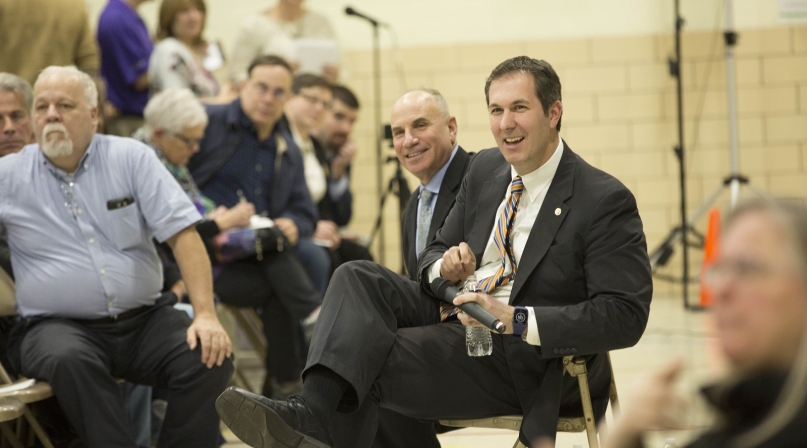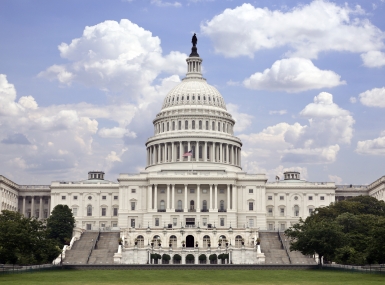| Problem: |
Baltimore County faced an $81 million deficit in Fiscal Year 2020. |
| Solution: |
Create a tool that educates residents about the county’s fiscal challenges and allows for increased public engagement regarding financial priorities. |
Baltimore County, Md. Executive John “Johnny O” Olszewski was surprised by the severe fiscal challenges his administration inherited shortly after he took office.
The county faced an $81 million deficit in Fiscal Year 2020 and as the 2020 budget submission time approached, Olszewski wanted to engage directly with residents in order to balance the budget and invest in new projects.
To increase transparency and public engagement, Baltimore County launched the Balancing Act tool to allow county residents to learn more about the budget and the difficult decisions that must be made during a budgeting process.
Learn More
Baltimore County’s Balancing Act Tool is the recipient of a Best in Category 2020 NACo Achievement Award in the Financial Management category.
The tool launched publicly March 2019 and received 5,000 page views. It was created in partnership with the nationally recognized Balancing Act platform, which creates easy-to-use online budget simulations, said Sean Naron, a Baltimore County spokesman.
With the tool, residents are able to examine the county’s projected budget situation for an upcoming year. The process involves a simulation where users may reallocate funds and increase possible revenue streams to balance spending.
“Transparency and accountability are vital to an effective government,” Olszewski said. “Empowering people to better understand where taxpayer dollars come from and where they go allows us to build trust, foster collaboration and helps us meet our shared goal to strengthen every community.”
The tool depicts different scenarios of various project costs and allows users to see possible program cuts that may be needed or which revenue increases might be needed in property or sales taxes to fund a project.
At the time, a variety of projects were included in the simulation such as building two new high schools, road resurfacing, new libraries and new public safety facilities.
“We introduced this opportunity to allow residents to better understand the challenges we faced, try their hand at balancing the budget themselves and share their priorities as we collaboratively crafted a bipartisan budget that closed the inherited $81 million shortfall,” Olszewski said.
Before the COVID-19 pandemic, Olszewski hosted a series of town hall meetings to engage with residents and inform them of the county’s financial challenges and the county budget.
During the town halls, Olszewski heard from constituents about what projects are important to them and how they would address the county’s fiscal challenges. In addition to the meetings, the tool provided insight into county residents’ priorities with a goal of increasing public engagement and education about the county’s financial status.
“I ran for county executive committing to a more open, accessible and transparent government for the people of Baltimore County,” he said.
By using the tool, county residents were able to submit fully balanced budgets to the county. Over 460 users completed fully balanced budgets.
Baltimore County also collected data from those who didn’t complete a fully balanced budget to see users’ decisions on spending cuts and revenue increases.
The county reviewed the submissions and data to see how residents prioritized county services in the simulations and paired this feedback with community engagement efforts, such as the town halls, to hear directly from residents about budget priorities. These efforts helped inform the county’s proposed budget.
“Through this transparent and collaborative process, County Executive Olszewski and the Baltimore County Council partnered to close an inherited $81 million budget deficit and put the county on stable fiscal footing — which became especially critical amid the economic crisis created amid the COVID-19 pandemic,” Naron said.




